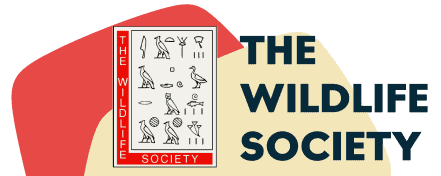- News
-
-
-
-
-
Latest News Articles
- WSB: Study tests accuracy of thermal drone surveys April 26, 2024
- Computer model explores Tribal use of fire for ecosystem health April 26, 2024
- 2024 TWS Elections: Southwest Representative April 25, 2024
-
-
-
- Wildlife Professional Resources
-
- Our Network
-
- PUBLICATIONS
-
-
Recent Posts
-
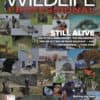 The Wildlife Professional November/December Issue
November 1, 2023
The Wildlife Professional November/December Issue
November 1, 2023
-
-
-
-
-
-
- Wildlife Events
-
-
-
Upcoming Webinars
- No Events
-
-
-
- Who We Are
-
Category: TWS Wildlife News

January 12, 2016
New Mobile App Helps Plover Conservation
Helping piping plover conservation might now be as easy as buying something on Amazon, according to Rob Theiler, a research geologist with the U.S. Geological Survey. A mobile application made...
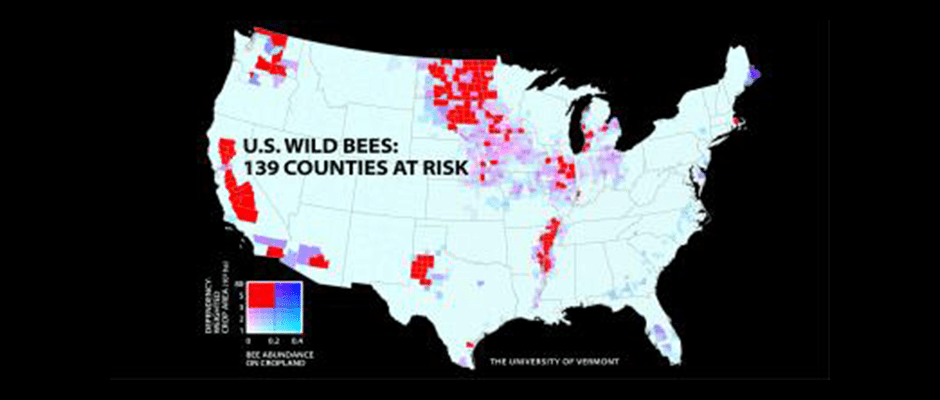
January 12, 2016
Researchers Create Wild Bee Abundance Map in U.S.
When it comes to wild pollinators, a lack of cohesive information makes it difficult to know much about bee abundance in the United States. “Without knowledge of the current status,...
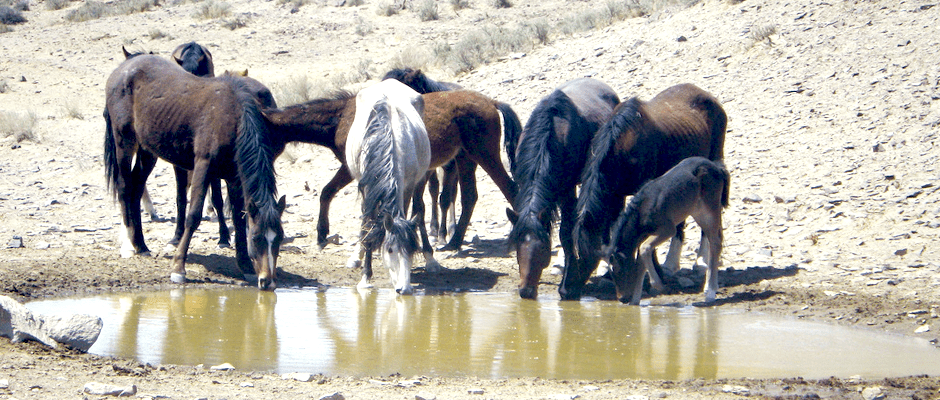
January 8, 2016
Horse and Burro Coalition Launches Information Campaign
The National Horse and Burro Rangeland Management Coalition (NHBRMC), currently chaired by The Wildlife Society, has launched an information and education campaign to inform the public of the issues surrounding...
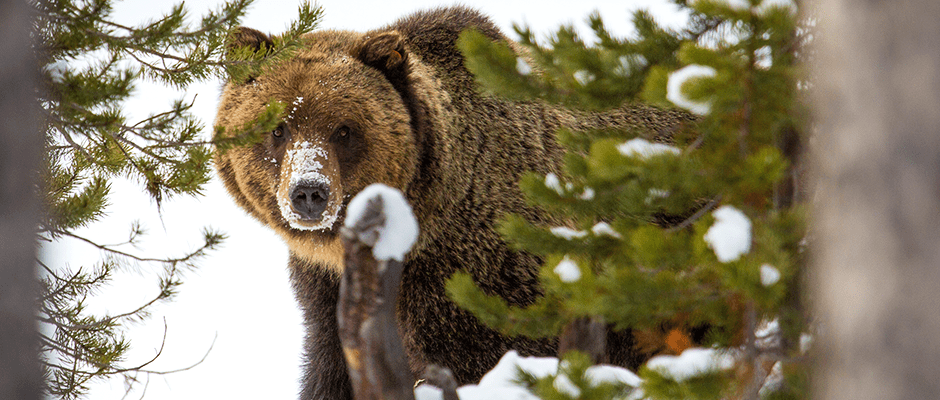
January 7, 2016
Yellowstone Grizzly Bear Deaths Increase
Last year, 59 grizzly bears (Ursus arctos) died in Yellowstone — the highest number of bear deaths in the region since 1970. Still, the impact may not be as large...

January 6, 2016
Human-Caused Changes Influence Frogs’ Immune System
Human influences on the environment may be making it harder for frogs to fight diseases, which could be causing their populations to decline. In a study published in the journal Biological...
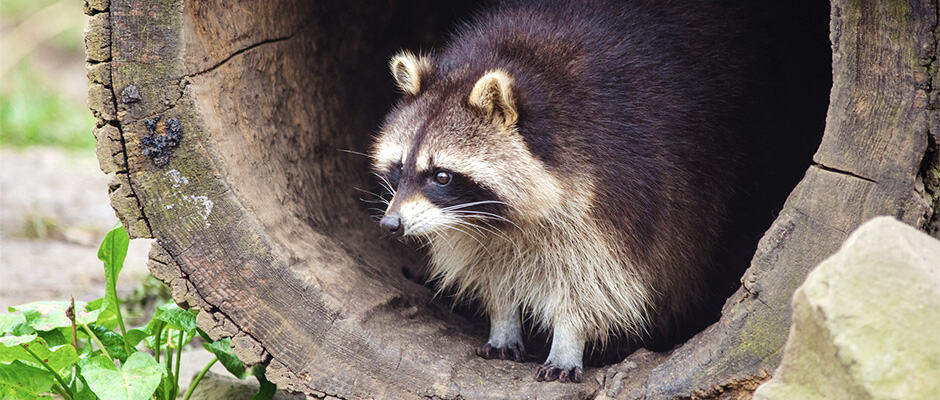
January 6, 2016
Plan Guides Management of Raccoon Rabies Outbreak
On December 4, the Ontario Ministry of Natural Resources confirmed a case of raccoon rabies in Hamilton, Ontario about 80 kilometers from the Buffalo, New York Airport and west of...

December 24, 2015
Photo Roundup — Federal Listings and Delistings of 2015
One of the first subspecies ever listed on the U.S. Fish and Wildlife Service’s Endangered Species Act (ESA) was removed this year thanks to conservation work over the decades while...
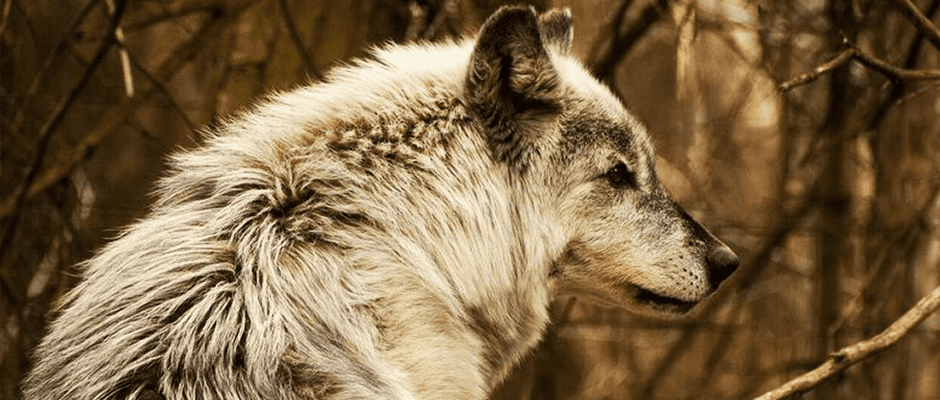
December 24, 2015
Delisted Gray Wolves Suffer Decreased Survival, Reproduction
Current conservation policies might not be adequately protecting gray wolves (Canis lupus) in the Northern Rocky Mountains, according to recent research. A team of researchers found that the wolves, which...
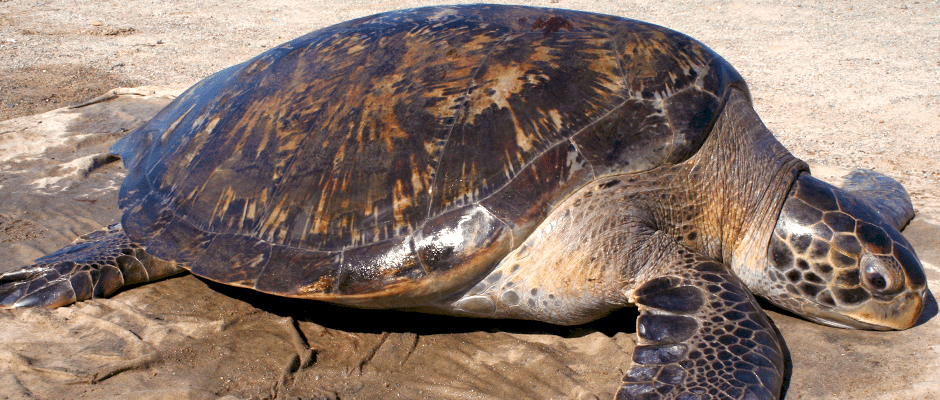
December 22, 2015
Sex Ratio Skewed in San Diego Bay Sea Turtles
Something’s distorting the sex ratio of sea turtles in San Diego Bay, and researchers aren’t completely sure why. “We found a female bias in the San Diego Bay area,” said...
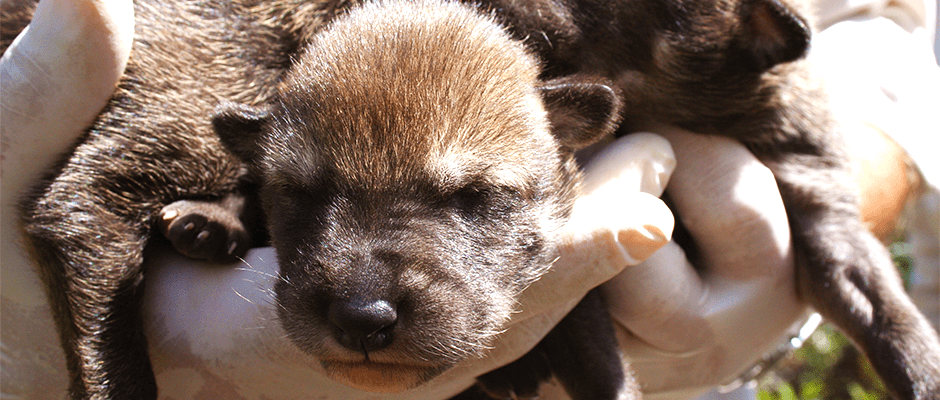
December 21, 2015
Coyote Sterilization Program in N.C. Protects Red Wolves
A sterilization program to stop coyotes from hybridizing with the only wild population of red wolves in the world has been successful so far, according to new research. “Coyote genes...
